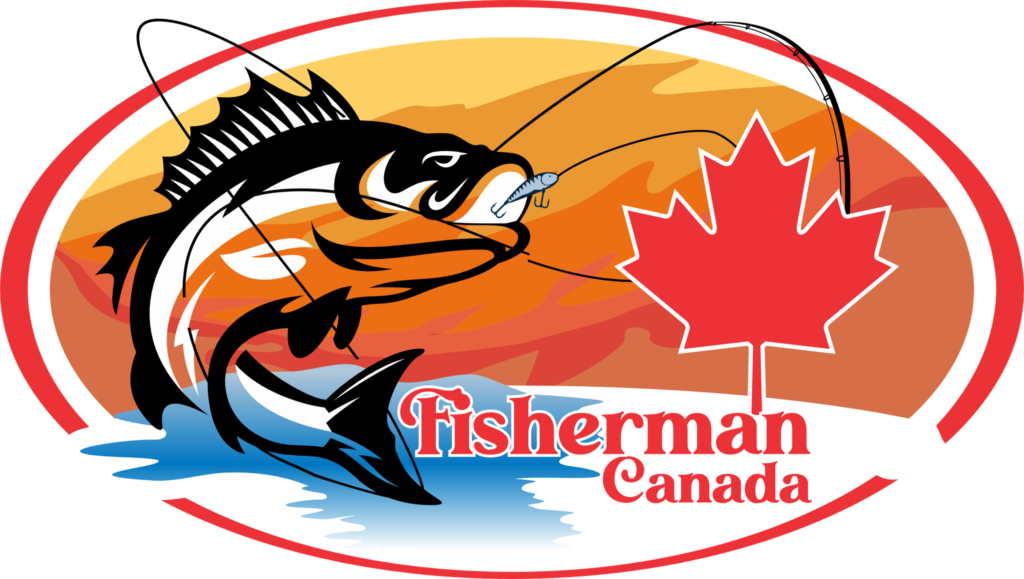When it comes to fishing for panfish, knowing how to “read” a lake can make the difference between coming home with an empty cooler or one brimming with bluegills, crappies, and perch. For seasoned anglers and beginners alike, understanding the subtle signs and features of a lake can unlock its hidden hotspots. The good news? You don’t need advanced technology or decades of expertise—just a bit of observation and patience.
This guide will teach you how to identify the best spots for panfish in any lake. Whether you’re preparing for a weekend getaway or taking your family on a fishing adventure, you’ll leave the dock with the confidence to reel in your catch of the day.
Understanding Panfish and Their Habitats
What Are Panfish?
Panfish is a term that covers several small, flavorful, and delightful-to-catch freshwater fish, including:
- Bluegill
- Crappie
- Perch
- Pumpkinseed
Their name comes from their size rather than their species—they’re small enough to fit into a frying pan! Ideal for beginners due to their abundance and willingness to bite, panfish have made an indelible mark in the fishing community.
Habitat Preferences
Panfish are opportunistic feeders and highly adaptable, making them plentiful in lakes of all sizes. Nonetheless, there are key environmental factors they gravitate toward:
- Shallow water with vegetation: Look for reeds, lily pads, or grass beds.
- Stable water temperatures: Panfish tend to avoid overly warm or frigid conditions.
- Structures for cover: Docks, submerged trees, or rock piles provide excellent hiding spots.
The better you understand the habits of panfish, the easier it becomes to predict their location.
How to Read a Lake for Panfish
1. Study the Contour of the Lake
One of the most useful tools at your disposal is a topographic map of the lake, also known as a lake contour map. These maps provide a visual representation of depth changes and underwater structures.
Look for:
- Shallow coves: Panfish often spawn in these areas in spring.
- Drop-offs: These transitional areas where the lakebed shifts from shallow to deep water are excellent feeding spots.
- Flats: Wide stretches of shallow water attract panfish, particularly in warm months.
Many apps and websites, like Navionics, offer digital contour maps, making it even easier to locate these features.
2. Check for Vegetation
Aquatic vegetation is a strong indicator of panfish presence. Plants like eelgrass, milfoil, and cattails provide cover and food sources in the form of insects and invertebrates. While observing from the shore, look for visible patches of vegetation and cast your line just outside these areas.
Pro Tip: Use a floating bobber and a small jig to fish along vegetation edges!
3. Focus on Structures
Panfish seek shelter from predators, and submerged structures offer an ideal refuge. Keep an eye out for:
- Sunken logs or tree stumps
- Rock piles
- Manmade structures like fishing piers and docks
If you’re out on a boat, use sonar to locate underwater structures not visible from the surface.
4. Analyze the Season and Time of Day
Panfish behavior changes drastically with the seasons. Here’s a quick breakdown:
- Spring: During spawning season, panfish congregate in shallow, warm areas. Look for nests in protected bays or near vegetation.
- Summer: Panfish seek slightly deeper, cooler water with nearby cover, such as submerged trees or drop-offs.
- Fall: They transition toward deeper water as temperatures drop but may still feed along structure edges.
- Winter (for ice fishers): Panfish school in deeper basins and are attracted to areas with steady oxygen levels.
Time of day matters too—early morning and late afternoon tend to be the most productive, as panfish are more active during these cooler periods.
5. Observe Surface Activity
Sometimes, the lake will tell you everything you need to know if you pay attention. Look for:
- Rippling water near shorelines (a sign of feeding fish)
- Bubbles or “boils” on the surface caused by schools of fish moving below
- Birds like herons or seagulls hovering over specific areas—chances are, they’ve spotted fish.
6. Use Simple Tools and Techniques
If you’re new to reading a lake, start with basic tools. A simple bobber rig with a live worm or small jig works wonders for panfish. You don’t need a high-tech fish finder—your eyes and good instincts will do just fine.
As you gain experience, you can experiment with different techniques such as fly fishing or using artificial lures. But remember, sometimes the most basic approach can be the most effective.
7. Practice Catch-and-Release
Panfish populations are important for maintaining a healthy ecosystem in lakes and rivers. When practicing catch-and-release, handle fish gently and return them quickly to the water. Use appropriate gear for the size of panfish being targeted, and avoid over-harvesting from specific areas.
By following these tips, you’ll not only improve your chances of catching panfish but also help preserve their populations for future anglers to enjoy. So next time you’re out on the water, keep these pointers in mind and get ready to reel in some tasty panfish! Happy fishing!

